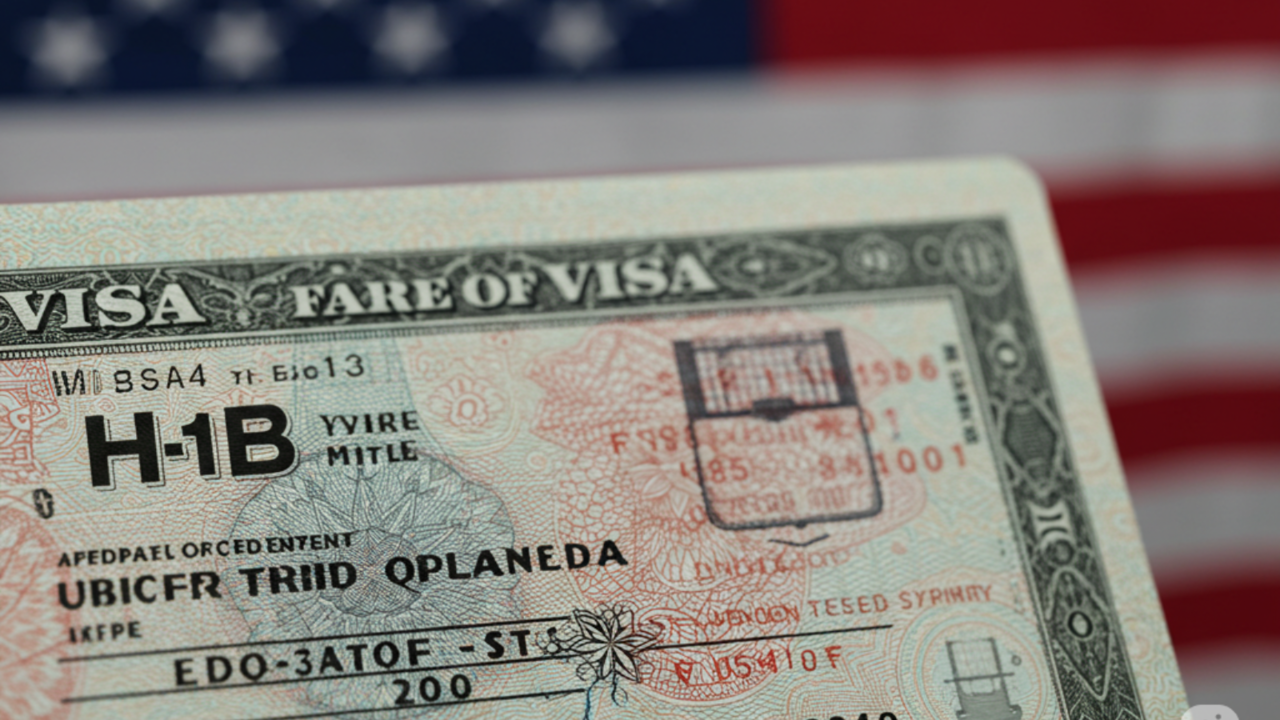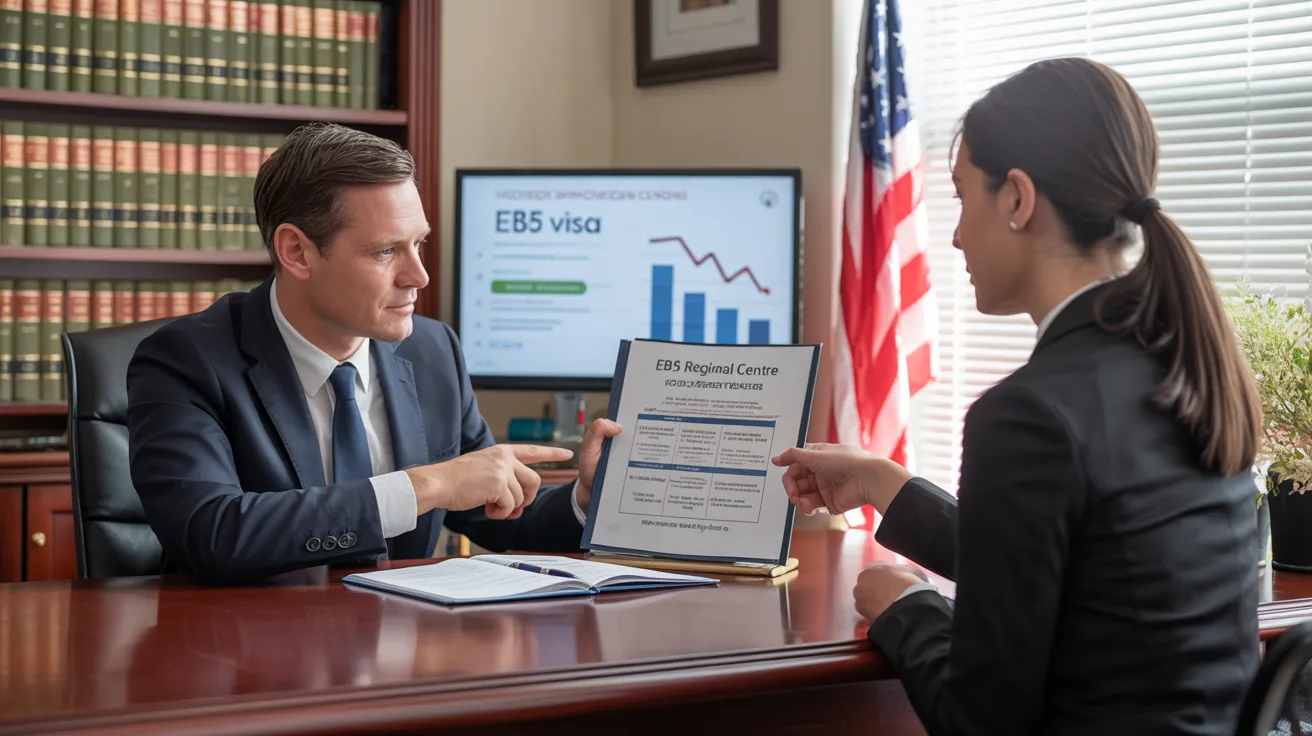L1 Visa Lawyer Help
Not known Factual Statements About L1 Visa
Table of ContentsSome Ideas on L1 Visa You Should KnowWhat Does L1 Visa Mean?The Ultimate Guide To L1 VisaRumored Buzz on L1 VisaWhat Does L1 Visa Mean?L1 Visa Things To Know Before You Get This
Offered from ProQuest Dissertations & Theses International; Social Science Costs Collection. (2074816399). (PDF). Congress. (PDF). DHS Workplace of the Inspector General. (PDF). (PDF). "Nonimmigrant Visa Statistics". Gotten 2023-03-26. Department of Homeland Security Office of the Inspector General, "Evaluation of Vulnerabilities and Prospective Abuses of the L-1 Visa Program," "A Mainframe-Size Visa Technicality".
United State Division of State. Retrieved 22 August 2016. "Workers paid $1.21 an hour to mount Fremont tech firm's computers". The Mercury News. 2014-10-22. Obtained 2023-02-08. Costa, Daniel (November 11, 2014). "Obscure short-lived visas for foreign technology employees dispirit wages". The Hillside. Tamen, Joan Fleischer (August 10, 2013). "Visa Holders Replace Workers".
The 30-Second Trick For L1 Visa
In order to be qualified for the L-1 visa, the international firm abroad where the Beneficiary was utilized and the united state company must have a qualifying partnership at the time of the transfer. The different sorts of certifying relationships are: 1. Parent-Subsidiary: The Moms and dad suggests a company, firm, or other legal entity which has subsidiaries that it owns and manages."Subsidiary" indicates a company, firm, or various other lawful entity of which a moms and dad owns, directly or indirectly, greater than 50% of the entity, OR owns less than 50% yet has monitoring control of the entity.
Example 1: Firm A is incorporated in France and uses the Recipient. Company B is included in the united state and intends to petition the Beneficiary. Business A has 100% of the shares of Business B.Company A is the Moms And Dad and Firm B is a subsidiary. For that reason there is a certifying partnership in between the 2 firms and Company B ought to be able to sponsor the Beneficiary.
Firm An owns 40% of Firm B. The remaining 60% is possessed and managed by Business C, which has no connection to Firm A.Since Company A and B do not have a parent-subsidiary partnership, Company A can not fund the Recipient for L-1.
Instance 3: Business A is included in the U.S. and wishes to seek the Beneficiary. Business B is included in Indonesia and utilizes the Recipient. Company An owns 40% of Firm B. The staying 60% is owned by Firm C, which has no relationship to Business A. Nonetheless, Business A, by formal arrangement, controls and complete handles Business B.Since Firm A has much less than 50% of Firm B however takes care of and manages the firm, there is a certifying parent-subsidiary partnership and Firm A can fund the Beneficiary for L-1.
Not known Incorrect Statements About L1 Visa
Affiliate: An associate is 1 of 2 subsidiaries thar are both possessed and regulated by the same moms and dad or person, or possessed and controlled by the same group of individuals, in generally the very same proportions. a. Instance 1: Business A is incorporated in Ghana and uses the Beneficiary. Business B is incorporated in the U.S.
Firm C, additionally included in Ghana, owns 100% of Company A and 100% of Business B.Therefore, Company get started A and Business B are "associates" or sister business and a certifying connection exists between the two business. Firm B ought to have the ability to fund the Beneficiary. b. Instance 2: Company A is integrated in the united state
Company A is 60% possessed by Mrs. Smith, 20% had by Mr. Doe, and 20% possessed by Ms. Brown. Company B is included in Colombia and currently employs the Recipient. Business B is 65% owned by find out more Mrs. Smith, 15% owned by Mr. Doe, and 20% possessed by Ms. Brown. Company A and Company B are associates and have a qualifying relationship in 2 various means: Mrs.
The L-1 visa is an employment-based visa category established by Congress in 1970, enabling multinational firms to move their managers, executives, or crucial personnel to their united state procedures. It is generally described as the intracompany transferee visa. There are two main kinds of L-1 visas: L-1A and L-1B. These kinds are appropriate for workers worked with in different settings within a company.

Additionally, the recipient has to have functioned in a supervisory, executive, or specialized worker position for one year within the three years coming before the L-1A application in the international company. For new office applications, international work should have remained in a supervisory or executive capacity if the beneficiary is pertaining to the United States to work as a supervisor or executive.
The L1 Visa PDFs

If given for an U.S. company functional for greater than one year, the first L-1B visa is for approximately L1 Visa attorney three years and can be extended for an added two years (L1 Visa). Conversely, if the U.S. firm is freshly developed or has actually been operational for less than one year, the initial L-1B visa is provided for one year, with extensions offered in two-year increments
The L-1 visa is an employment-based visa group developed by Congress in 1970, allowing multinational companies to move their managers, execs, or key personnel to their U.S. procedures. It is frequently referred to as the intracompany transferee visa.
A Biased View of L1 Visa
In addition, the recipient needs to have worked in a managerial, exec, or specialized worker position for one year within the 3 years coming before the L-1A application in the foreign firm. For brand-new office applications, international employment has to have remained in a managerial or executive ability if the beneficiary is pertaining to the United States to function as a supervisor or executive.
for up to 7 years to manage the operations of the U.S. associate as an executive or manager. If issued for an U.S. company that has actually been operational for greater than one year, the L-1A visa is at first provided for as much as three years and can be extended in two-year increments.
If given for an U.S. business operational for even more than one year, the first L-1B visa is for approximately 3 years and can be expanded for an additional 2 years. Alternatively, if the U.S. company is freshly developed or has been operational for less than one year, the first L-1B visa is released for one year, with expansions offered in two-year increments.